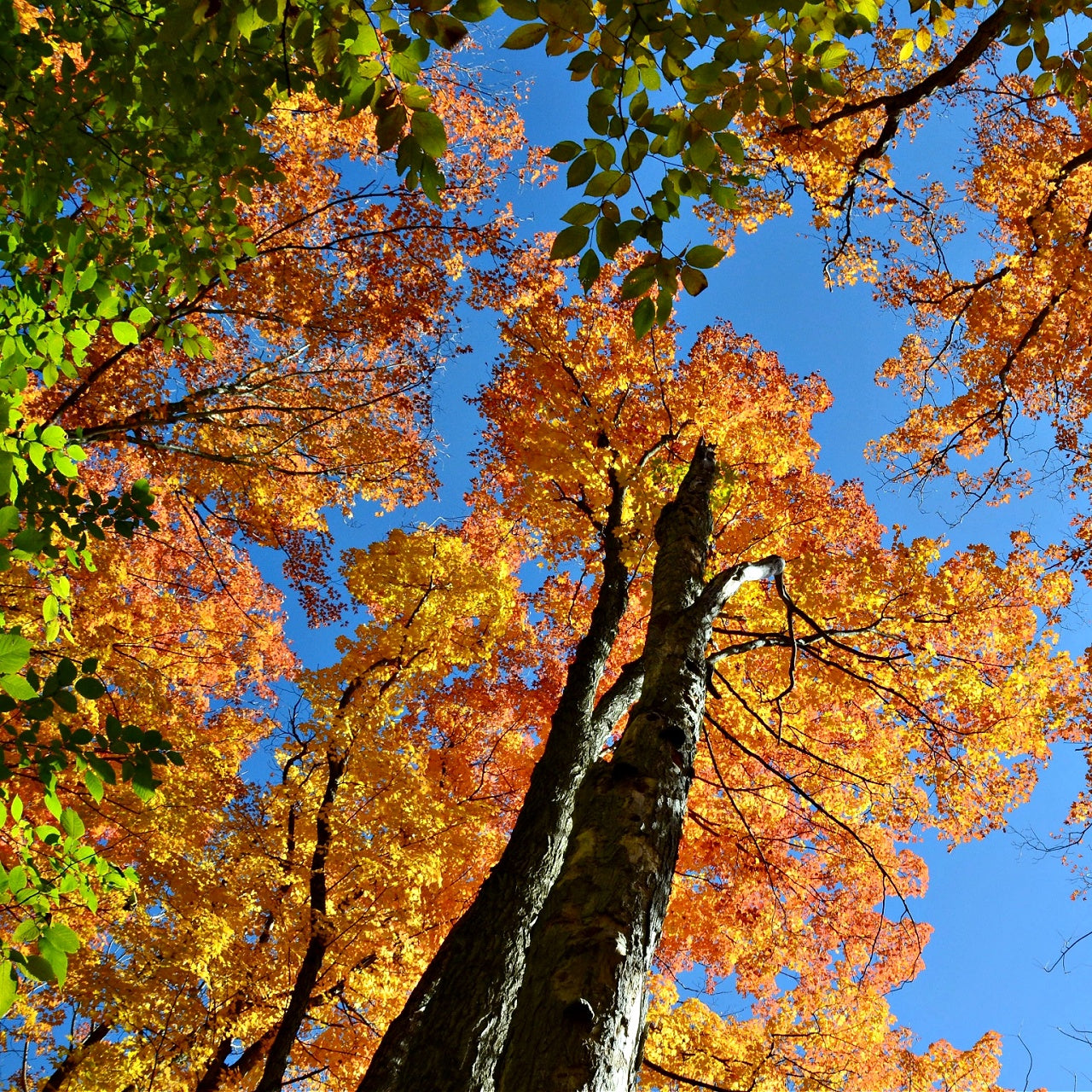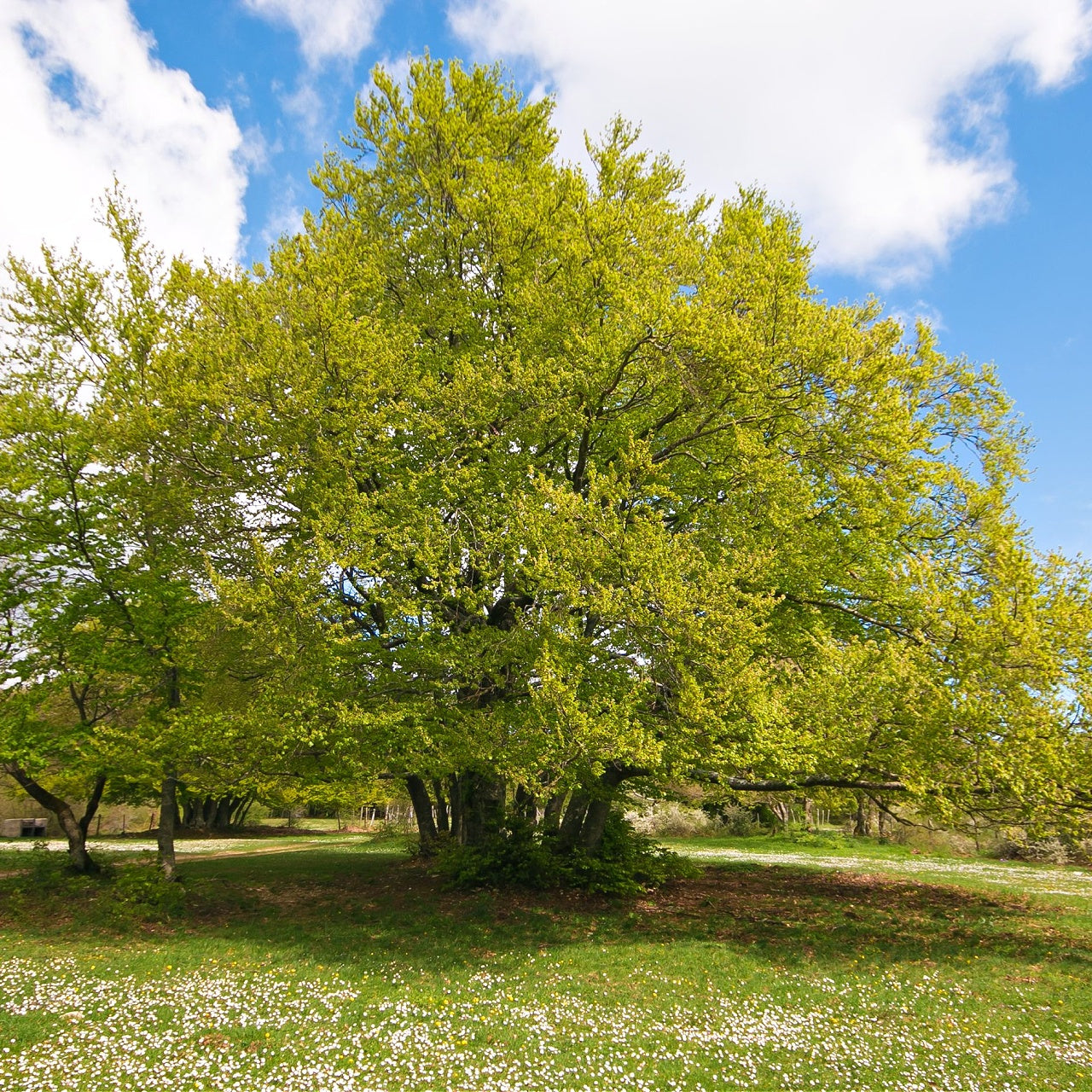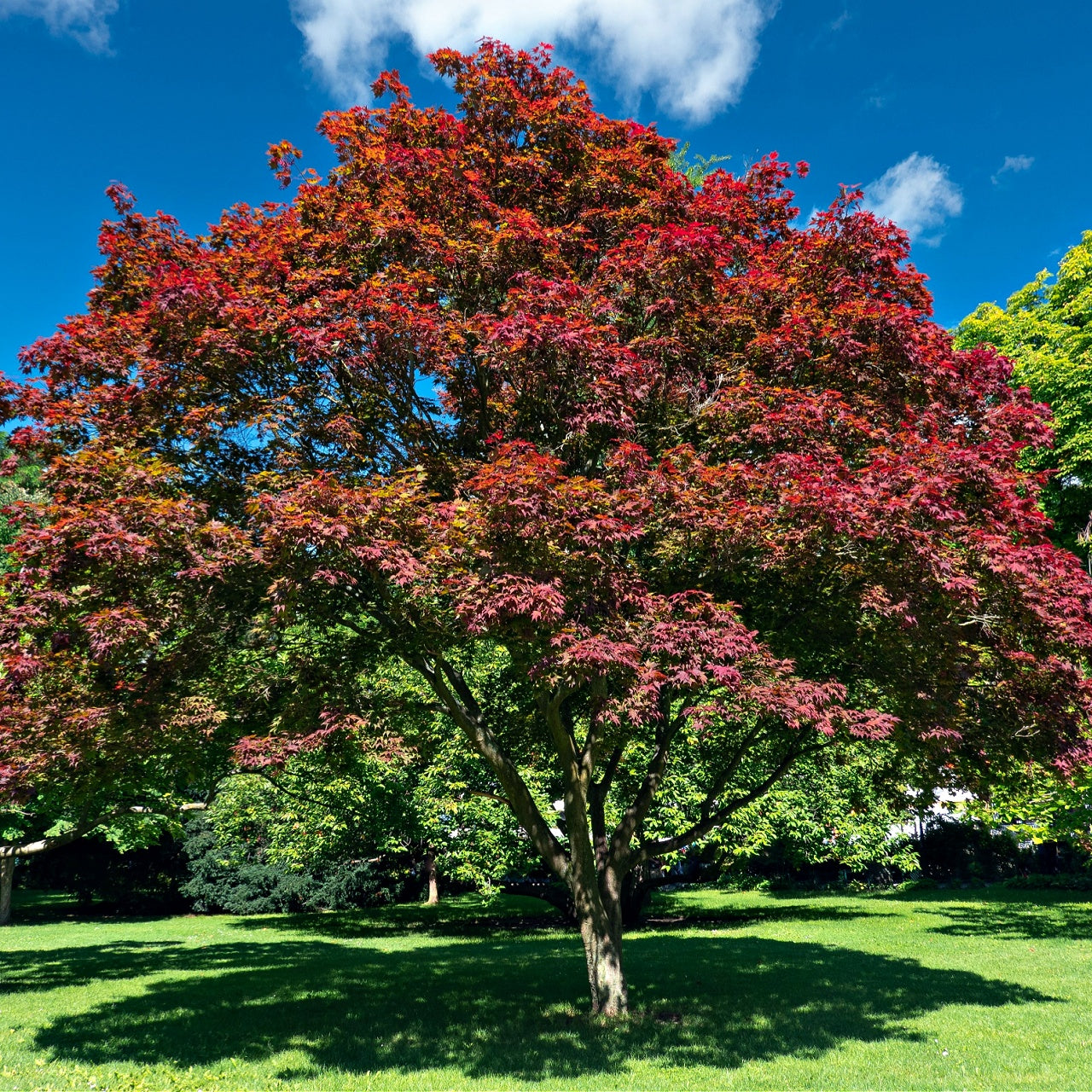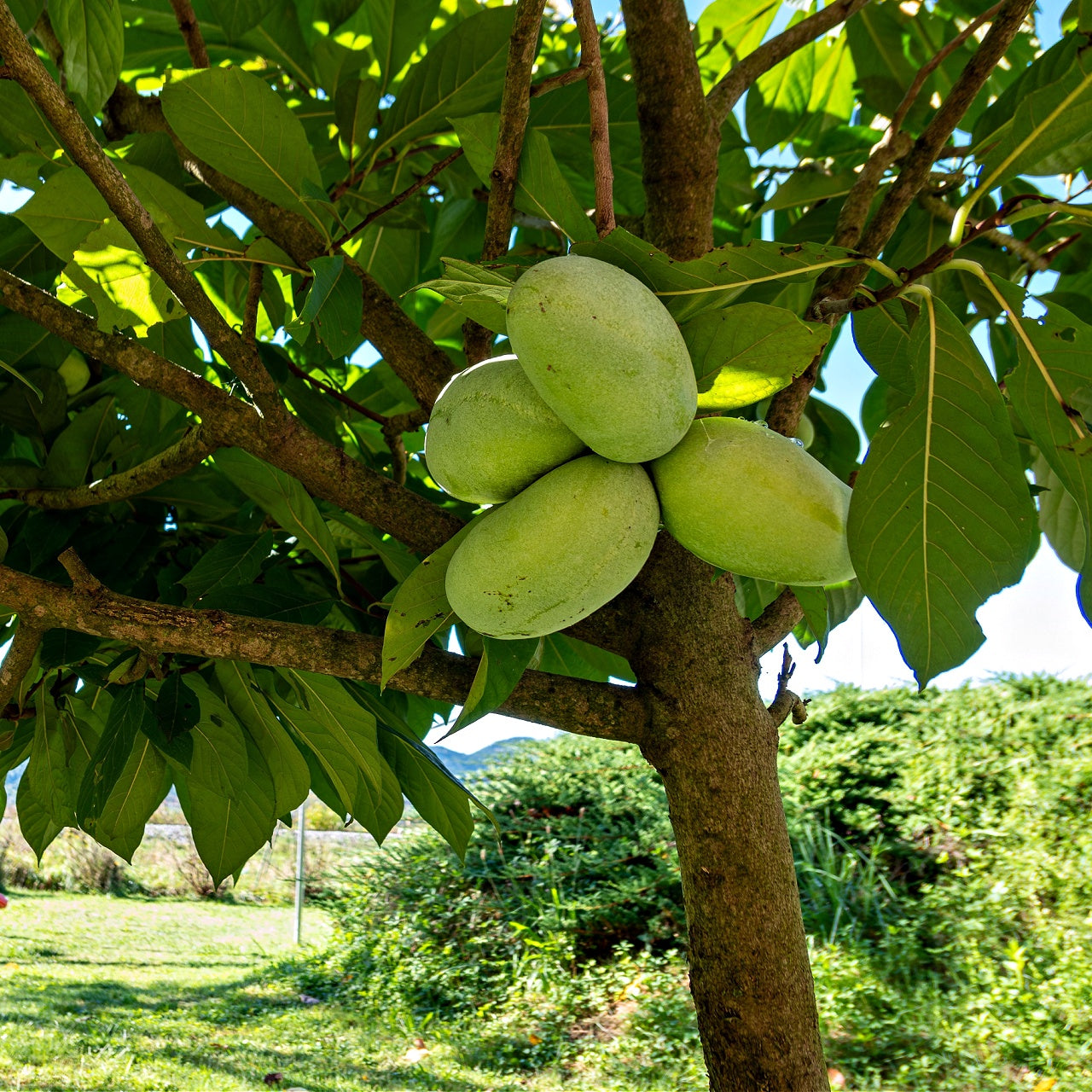
Partridge Pea: A Pollinator’s Delight
Partridge Pea: A Pollinator’s Delight
Your Complete Guide to Partridge Peas
Partridge Pea flowers are one of the best pollinator attractants you can plant in your garden. They're a native wildflower that's easy to grow and beautifully interesting.

Partridge Pea Characteristics
These plants are very valuable to wildlife and bright and inviting to the eye. They attract at least three species of butterflies, bees, and birds who eat the seeds in the late fall. The flowers on your Partridge Pea plants are orange and bright yellow, making for a great scene whenever they bloom.
Beauty in the Garden
This annual plant has beautiful dark green fern-like leaves topped with bright yellow flowers throughout the summer and fall. The flowers are plentiful, around 1 inch in diameter, with five petals per flower. The center of the flower boasts about 10 reddish-purple stems for the stamen, and blooms occur from summer to fall. The leaves of this plant close when you touch them, earning them the nickname “touch me not.” The stems also have much visual interest, starting light green when the seeds sprout and turning red and brown as they age.
Partridge Peas as Annuals
When a plant is called an annual, it will last one season and then die back in the winter months, and the same plant will not resprout in the spring. Partridge Peas are annuals because the same plants don’t resprout—however, they drop seedpods after the flowers are spent to reseed themselves for the next year. When the seed pods open, they twist violently in a corkscrew manner, tossing seeds one to five feet away.
How to Grow Partridge Peas in Your Garden
To start your flower garden indoors from seeds, add moist potting soil to a container and plant the scarified seeds about 1/2 inch deep. Place your container in an area with morning sun and afternoon shade while keeping the soil moist until the seeds germinate. Once temperatures have warmed, germination takes a few weeks. After the second set of leaves emerges, you can transplant your plants into your garden after the last threat of frost.
Note: You may also direct seed your plants 1/2 inch deep in your garden in the spring when all threats of frost are over.
These flowers require full sunlight and well-drained soil for about six hours per day, though they will tolerate partial shade for around six hours. Your plants will grow to about two feet tall, although some may be shorter. Some of the best uses are for a butterfly and pollinator garden or as border plants in the rear of a flowerbed, with shorter flowers or greenery in front. Companion plants are any flower or shrub with the same sun and water requirements.






